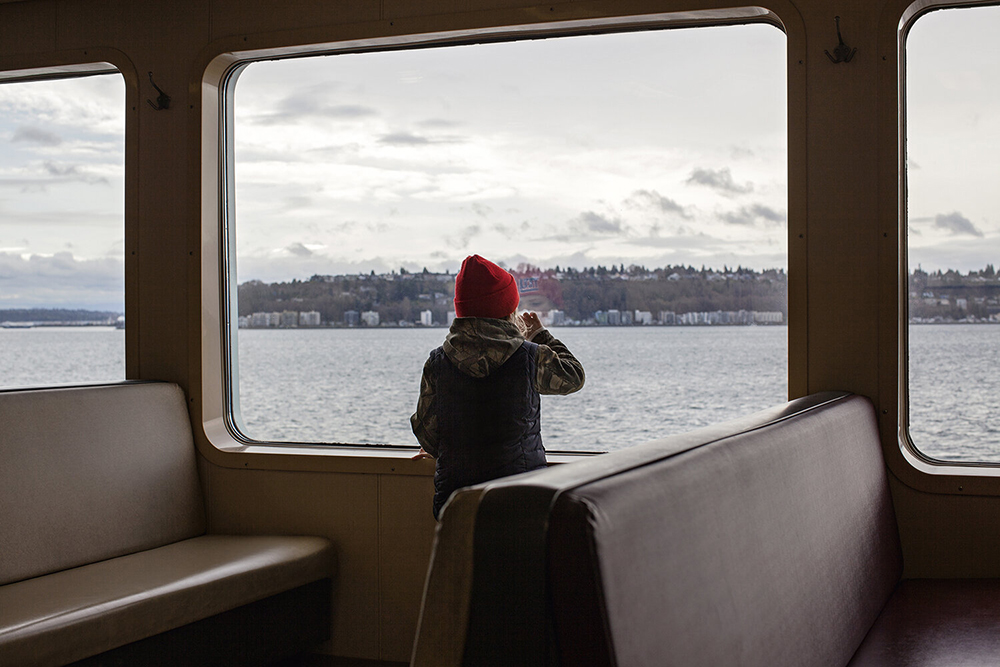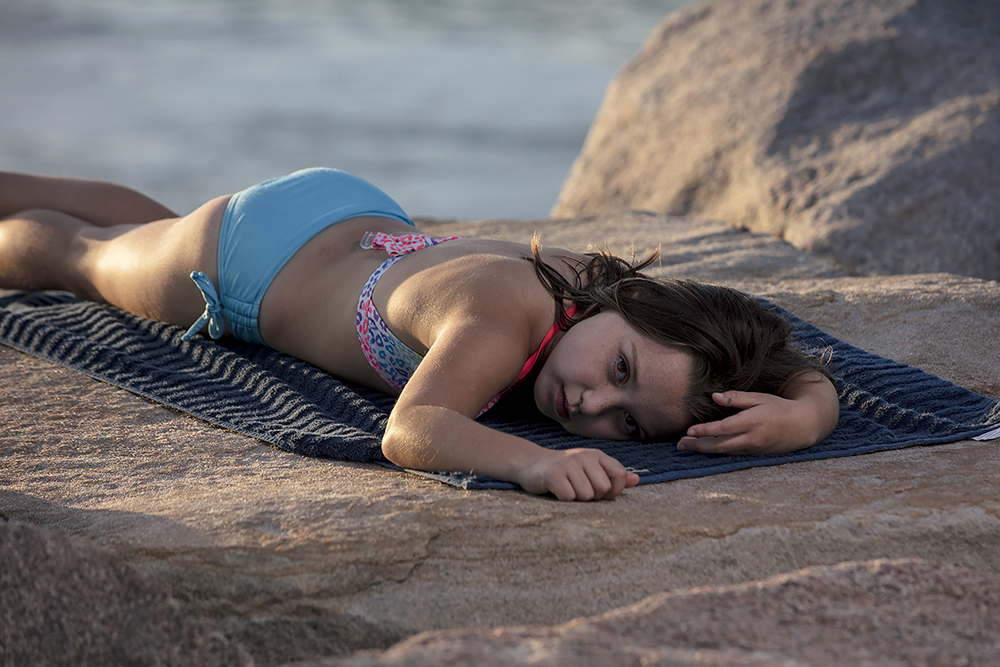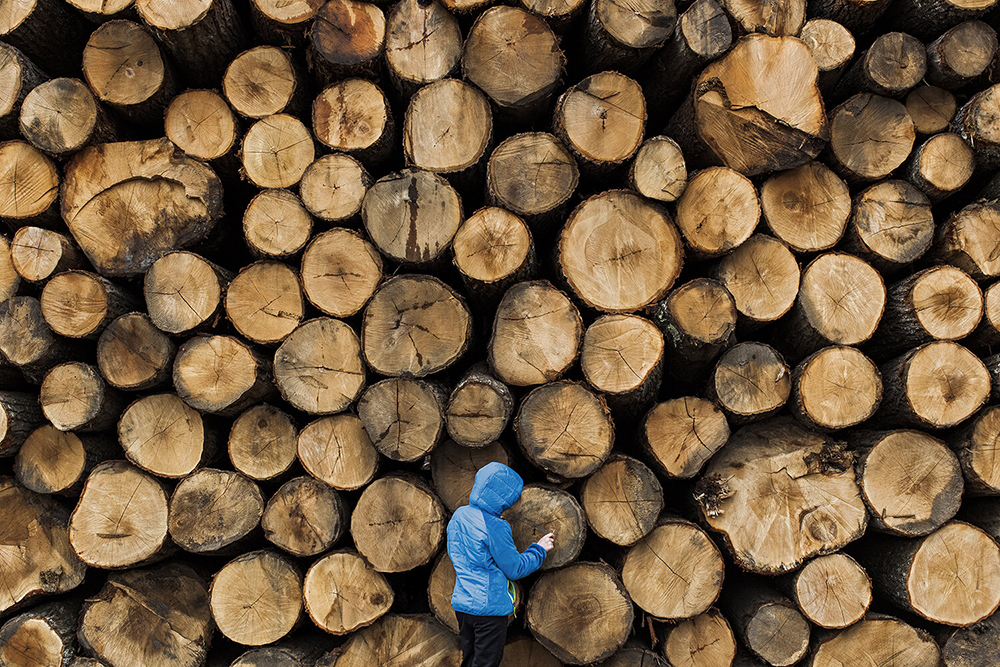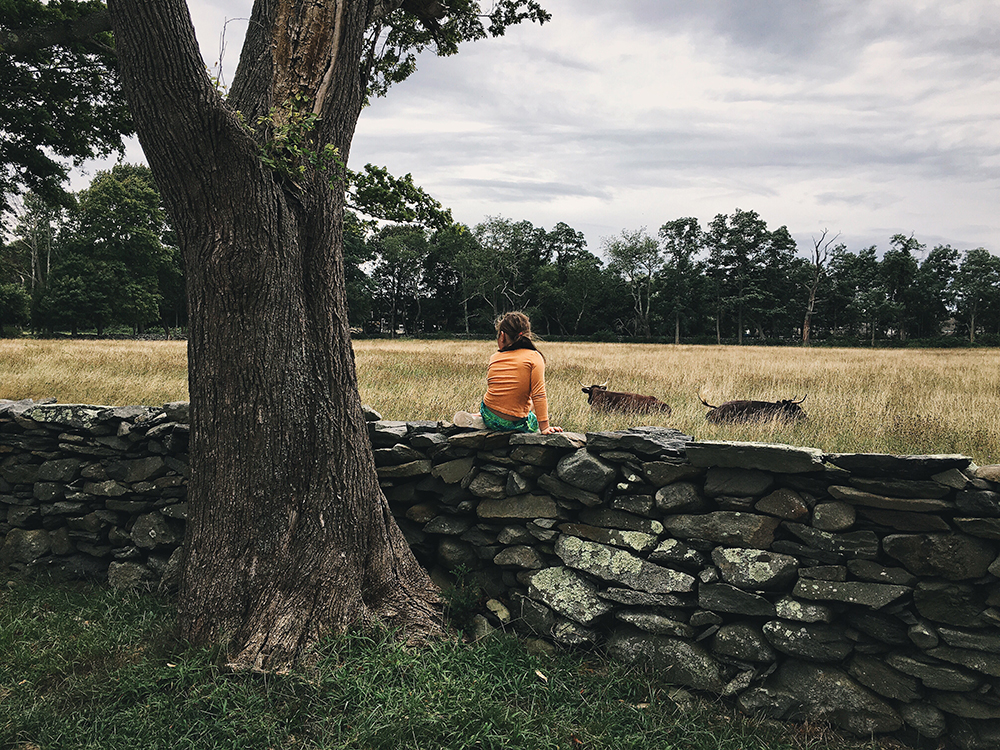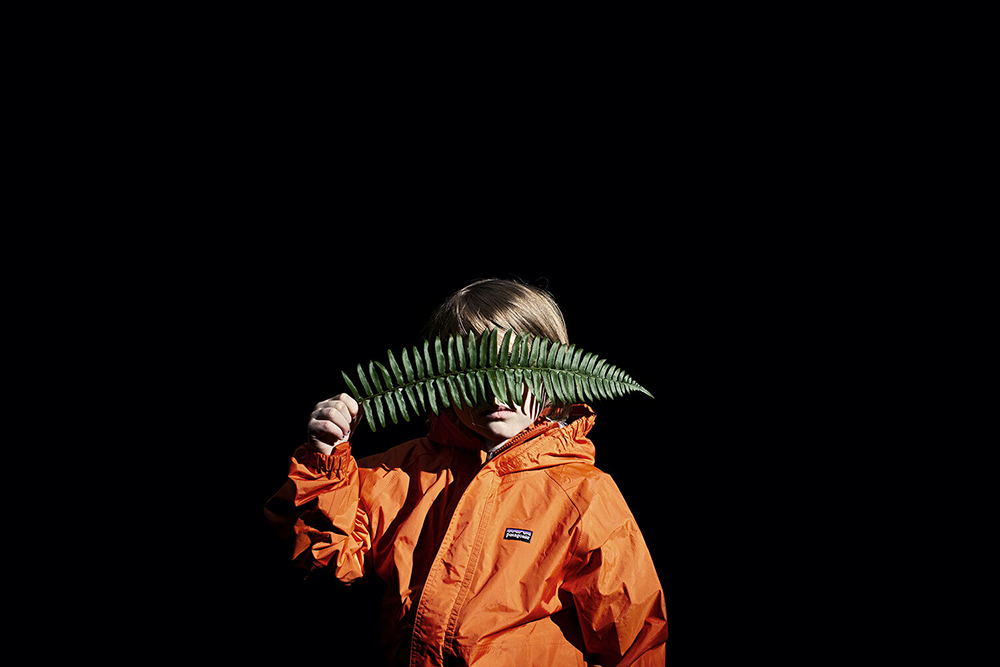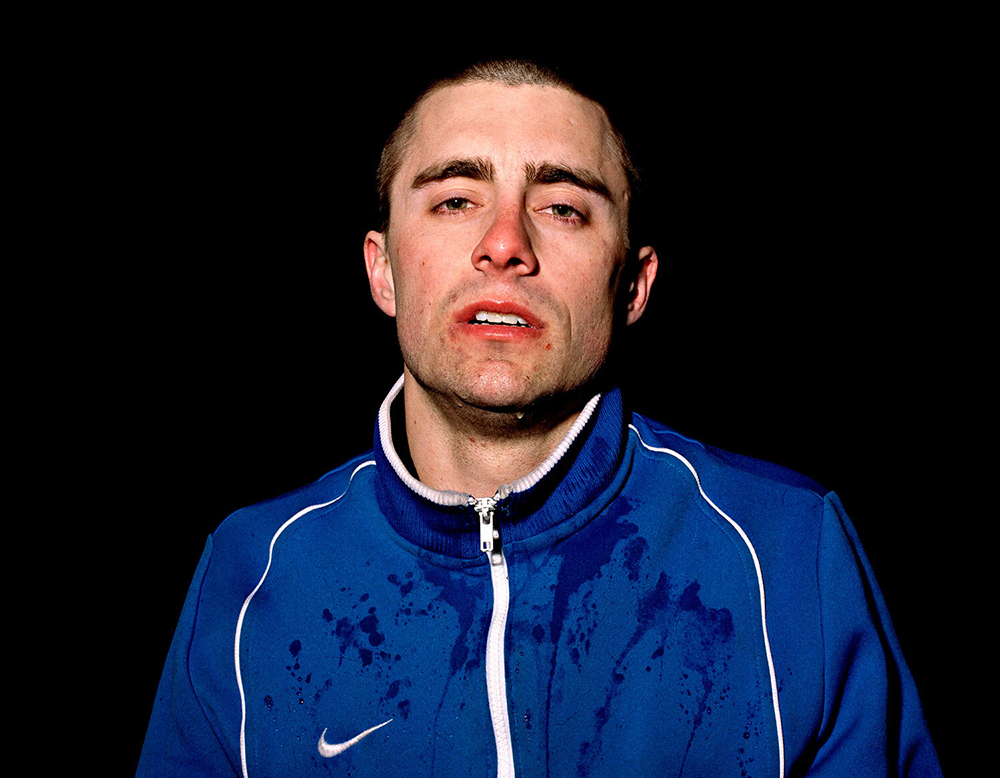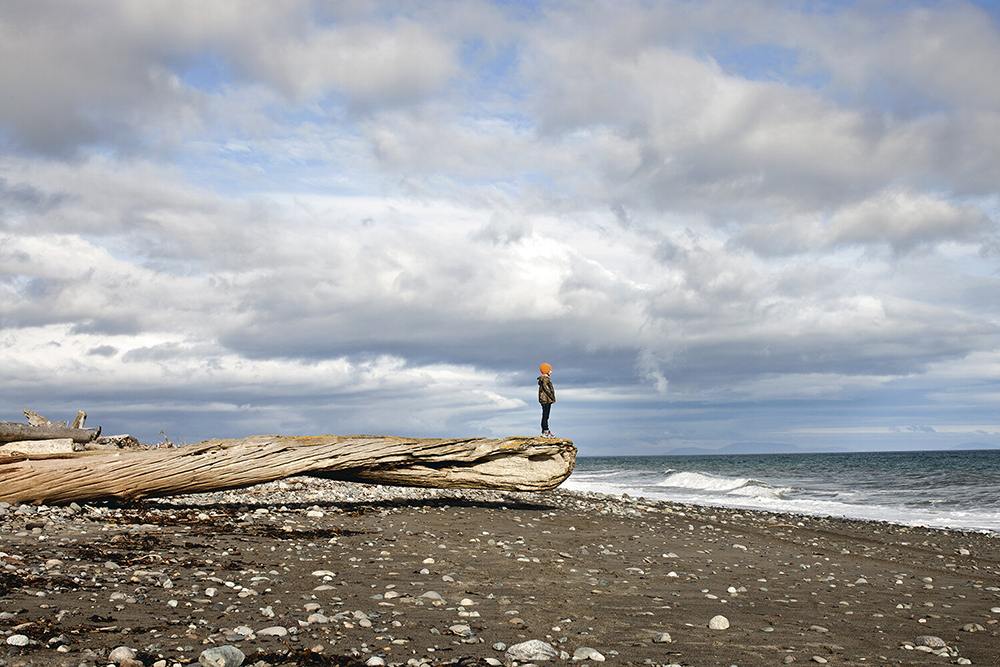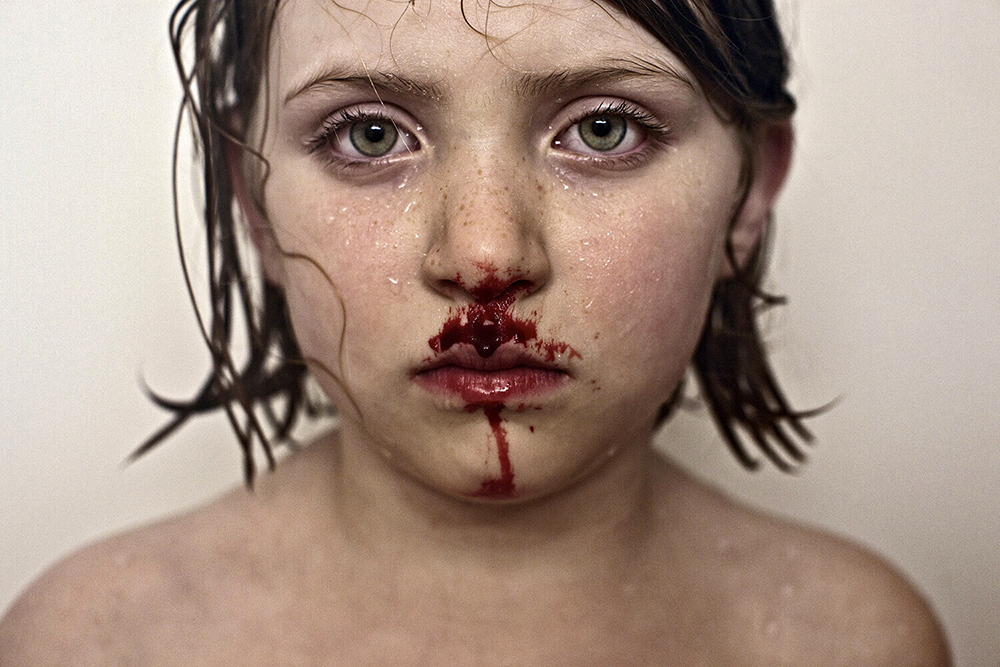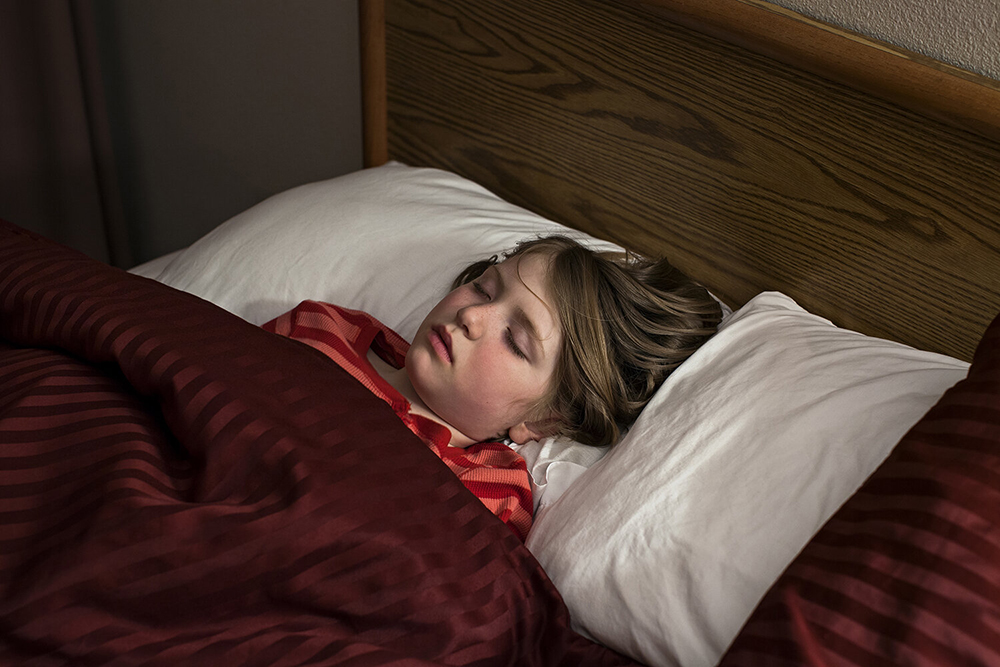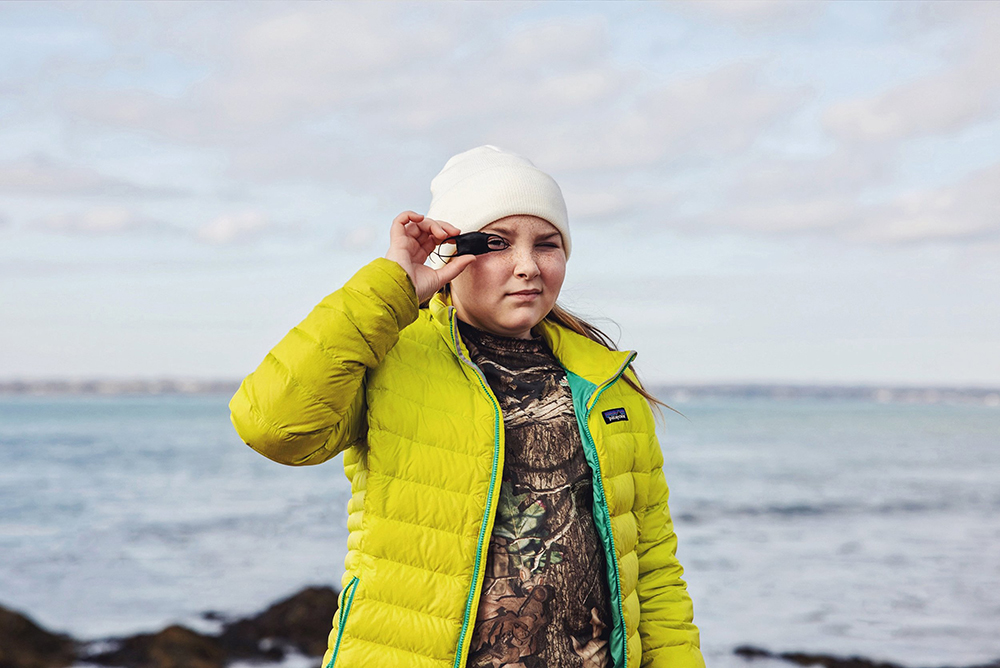Photographers on Photographers: Barry Schwartz in Conversation with Jesse Burke
Jesse Burke is a fine art, editorial, and advertising photographer based in Rhode Island. After receiving his MFA from RISD (Rhode Island School of Design), he quickly gained gallery representation, which, unusually, led to commercial work. He has worked on personal projects his entire career, including those with family members, and all are thematically and aesthetically linked to his commercial work.
~~~~
My Wild & Precious project brings together treasures from a series of road trips traveled with my eldest daughter to explore the natural world and get more in touch with the earth. I use these adventures to encourage a connection between my child and nature and to give her an education that I consider essential—one that develops appreciation, respect, conservation, and self-confidence. Together we document and collect objects from the routes we drive, the landscapes we discover, the creatures we encounter, even the roadside motels where we sleep. Wild & Precious reveals the fragile, complicated relationship that humans share with nature and attempts to strengthen those bonds.
My Intertidal series is an investigation into the delicate balance that exists between the heroic idea of masculinity and the true reality of men. It explores the presence of vulnerability and sensitivity that act as forces against the mythology of male dominance and power.
~~~~
Barry Schwartz
You do both editorial and commercial work. The general take on editorial is that it is similar to personal work in that it pays less, but you have more creative freedom. Is that basically been your experience?
Jesse Burke
Yeah, definitely. I think they’re looking to collaborate. Another difference between editorial and commercial is that along that on commercial projects they have a pretty solid sense of what they’re looking for. In editorial projects, most of the time they’re very open to what you can do, which is where you get to have be creative and do things that you would do for your personal work, because they know they’re not paying you a ton of money. But we like what you do. And we know we’re going to like what you give us.
You also teach at RISD.
I took some time away from RISD to teach in other places. That’s a scheduling and money combination of things. I love being connected with academia, but I don’t love that it doesn’t pay very much and that it’s very time consuming. It’s a balance, right? I need to be available to travel when the jobs come through. I have taught at RISD, the more or less, since 2005. It’s fun to get a variety of teaching positions and adjunct positions in different schools. It keeps me on my toes, the kids keep me on my toes.
If you’re going to be a responsible teacher, you actually have to know what you’re talking about, which means you have to keep learning. Keep learning from the students, of course, but bringing in stuff that’s up to date in terms of decent information. In my case, I’m not teaching how to take pictures, I’m teaching about how to make a living.
I think professional practice is the most one of the most important classes. It’s increasingly becoming more popular, but it was just implemented when I was at graduate school.
I’ve always felt that class, of all the classes I’ve ever taken, was the most helpful. Critique classes are great. But in terms of practicality, the professional practice class gave me a little bit of an insight into all this insanity. Henry Hornstein was the teacher. He’s a really amazing guy and has a ton of experience with different elements of photography, which would include commercial, editorial, bookmaking, photo, gallery. I’ve always been very fond of professional practice, as a course, as a visiting artist, which I’ve done countless times. I just think it’s so crucial.
You studied at RISD, also.
My academic path is I took included some photo class electives at a community college in Arizona, then I transferred to the University of Arizona in Tucson for my BFA in photography. I went to grad school for my MFA in photography at RISD.
That’s a good school, in Arizona.
Big photo school. The Center for Creative Creative Photography was there. I worked there. The Avedon archive is there, Mary Virginia Swanson is there.
Had you started shooting professionally before you got your Masters?
I always knew I wanted to be involved in commercial photography somehow. When I was in graduate school, I assisted some wedding photographers. I knew that I didn’t want to be a wedding photographer, but it was photography, and it was fun, and it paid a little bit of money. I mean, I made $200 a wedding. But I had a great time.
When I graduated from RISD, through my professional practice class, I decided I’m going to follow the path they’ve laid out. I’m going to make a portfolio, I’m going to start reaching out to people and try to get meetings and go in and show my book, and then maybe they’ll hire me to shoot something. And over time they did. Although it wasn’t terrible, it was very rarely something I wanted to photograph. Slowly, I started to get better gigs. It’s a bit of a snowball that’s always rolling, still rolling.
My fine art career came much easier than my commercial career did, which is usually the other way around. You work really hard, you can get some commercial success. The art world thing is out of your hands in the sense that you just make the work you make. You can’t necessarily cater to your clients, which would be like galleries and museums. It’s got to be a natural fit in some ways. I just got lucky that my work was appealing to the right people at the right time. It was harder for me to break through the commercial barricade. I think people liked it, but they didn’t really know how to use it, or use me, or what to do with me. I’ve slowly been able to get over that hump. I’m not the perfect lifestyle photographer, which would make it really easy to get jobs. My work is a little more complicated for them. And maybe it’s not happy enough or as glorious as it should be, or as fun as it should be. At this point, I don’t really care, because I’m confident enough to just make the work I want to make, which then lands commercial gigs. But that’s a very hard position to live in.
What was your entry into the fine art world?
James Wagner and Barry Hoggard did a review of my MFA work in their blog. Pre-Instagram. A couple of different gallerists found my work through that blog. One put me in a group show and took my work to Art Basel, Miami for one of the smaller satellite fairs. This is the December after I graduated. Crazy. That relationship blossomed very quickly, because I had a great response to my work at the fair and they offered me gallery representation and a show that led to a book being published. That trickled into another gallery in Canada, which had an exhibition and then another book, and that really set me on the path to go to Review Santa Fe in 2009.
I found pretty good success pitching myself at that review, because the professional practice class I had with Henry Hornstein really prepared me. That led me to getting represented by a gallery in New York. And that really put me more on the map. So I got into the real deal art world very quickly, within a matter of five years out of grad school. It’s all contingent upon having pictures they liked, good artwork with good messages, good statements. And timing is such a big part of this job. I was making work that not a lot of people were making, and I think it became a popular subject matter. I got very lucky with this. I just made my artwork in grad school, I didn’t think about how the markets are going to digest it in five years, and whether or not it’s going to be a hot topic.
This was “Intertidal”, which was about about this idea of masculine identity, and a self portrait. “Wild and Precious” was really interesting, I would say it’s my best work, certainly, it’s my most favorite work. It’s my most successful work in some ways.
I shifted as a person. I had a kid, I started making new work. Again, I’m not making work for the market. I’m just making work I’m interested in. Since 2015, the culture around children and nature and the connection — or not — between humans and nature, and the environment and climate change, all that stuff was really boiling up. This was just part of my life, became part of my photography, and wasn’t really something that was as sexy as my gallery wants it. It was different. I was now taking pictures of a little kid. No more men and no more self portraits, but now I was dealing with parents and nature lovers, and it opened up so many more doors for me as others were shutting.
That is the way careers go for creative people who are not trying to meet the market, they’re waiting for the market to meet them. Students and emerging photographers in particular, you’re told your voice, your brand — whatever that is — is the most important thing. Be unique and set yourself apart. At the same time, you’re told be commercial, whether you’re in the fine art world, the gallery world, or the editorial world; meet the market.
I have this relationship with that concept as a construct in the world. My friends that are commercial photographers, they’re often very successful because they’re always doing like what’s hot in the market. And I don’t necessarily have any interest in that, at all. I’m aware, very aware, of what’s hot in the market. I’m very aware of marketing in general, and what sells. But I don’t cater my work to that.
For example, in the last few years, there’s been a huge push for minority representation, and BIPOC and LGBTQ+ representation that I’m all for 1,000%, I love all that stuff. But I don’t necessarily try to shoot that stuff in my work. When I’m on a commercial job, I certainly try to cast minority people for representation purposes, because I think it’s fair and equitable and something I want to do, but in my own personal artwork, it’s really not present. If I did, I could probably be more successful. My friends that do are more aware of it and chase it harder, and I find they are more successful in some ways.
There’s a total consistency in the work on your site.
I’m just me, and obviously the pictures are going to reflect that, because it’s really just the way I see the world. It’s not that unique, but it’s very specific to me. For example, right now I’m working on a project, we’re putting together a bid package for this job, it’s a road trip job, and it’s for a big brand. I was creating this treatment, which is a presentation about why I should get the job. All I did was say: Hey, this is who I am, look at all the shit that I’ve done in my life has led me to the moment where I can actually say to you that I am the right photographer for this job. Here’s all the proof. It’s a series of personal projects and client work.
Just to give you an example, I had a client in the past where we would go on RV road trips with my family, which was spawned because of Wild and Precious. They were like: go make Wild and Precious for us. It’s 75% me being myself and 25% shooting stuff for the client. I would never shoot a picture of an RV personally for myself, but we were in an RV, but most of the pictures were just art pictures. The beauty of that process for me is that the client gets the artist they are after, and I get the artwork that I’m after on the client’s dime. So it’s a really great place to be. There’s a certain level of keeping it real with your vision and not catering to the market, but there’s also an element of commercial viability in my artwork.
My life is one thing, it’s one path. I feel very fortunate to have stumbled into that. That’s not necessarily a conscious decision, it just happens. I think it’s nice I’m able to sort of live in between two worlds. I think there’s a lot of photographers that do that; I’m not the only one.
I don’t know how much influence pop culture has on my life. My work is infused with lots of things that are relative to culture, and pop culture. Somehow, my story is a little slippery, it can slide in and out of editorial work and commercial work and climate change, global warming, being a conscious consumer, traveling, parenting. Those are big, high level concepts that all my work fits into in a really fortunate way. We’re all living in the same world, right? We’re all trying to raise our families in the same world. We’re exposed to the same TV commercials and the same movies and the same political bullshit. So all of those things are overlapping into all of our lives. I just feel like I’m fortunate enough to have it also overlap into my artwork.
Most people, if they do artwork, are mostly doing their day job, then they do their artwork and there isn’t any overlap, necessarily.
I think the takeaway from these interviews always, is that you can live the dream. It’s possible, right? I have some kids, I have a little farm, I have a decent career in photography, and I basically do what I want, when I want, and how I want. Not many people can say that, even in the photography industry. I don’t need a lot of money to survive. We’re happy, and I’m able to make it work and keep it real with my vision and my artwork and parlay it into commercial photography. For people wondering how the hell do I do that? Or can I do that, I think it’s really nice to know that, yes, it’s definitely attainable. It’s a lot of work. You never can turn it off. It is never off. You’re never off the clock. It has sacrifices. I was literally up until midnight on the phone with other people talking about this commercial project last night when my wife is trying to sleep. My kids know that Daddy’s always on the phone. You’re never not working.
I saw Joyce Tenneson give a talk. She said it is still true that a lot of people assist in order to learn the trade, then they’ll go on to become photographers. The ones that succeed, they don’t go to the party. They go home at the end of the day because you have to build your portfolio.
I assisted after grad school to make money when I wasn’t getting any jobs. I was a digital tech. We were taught how to operate camera RAW from Steve Smith over at RISD. I was able to segue out of grad school into the commercial world through the assistant path because of that, which gave me a lot of insight as to what commercial jobs were like. I remember my first job, where we had a motor home, and there were models and hair and makeup people. I was like, this is like a movie. Then I started working for Polo, Ralph Lauren for my friend who was shooting that stuff. We were traveling all over the country shooting famous models, and it was nuts.
You made me think, when you quoted the photographer who said the ones that succeed are the ones that don’t go to the party. I would argue there is something to be said for the party, in the sense that that is a place to make connection. I think that’s a huge piece of this. I totally agree with that person’s stance, but also you need to make time to go to the party once in a while. You need to have some sort of a personality when you get to that party so you can connect with other people who are peers, other photographers, writers, cool people, art directors, clients: they want to go to the party. A lot of the times the people you want to work for are at the party. So not going to the party, ever, does rob you, in some ways, of opportunity. Part of the reason I was getting jobs is because I was having fun with these art directors. You’ve got to be open and flexible and fun and have a good personality, but also have good artwork. If you have bad pictures, it’s game over right at the beginning.
I say to my wife, you know, comically, when we’re butting heads about something related to my job, I always say, Hey, listen, don’t get mad at me because I chose to make a career out of drinking beer with my friends and going on road trips.
It takes a good partner.
I have the best partner. Most understanding partner, no question. I’m blessed.
~~~~
Jesse Burke: https://www.jesseburke.com
Instagram: @jesse_burke
Barry Schwartz is a photographer, writer, and educator.
Website: https://barryschwartzphoto.com
Blog: https://barryschwartznotbarryschwartz.com
Instagram: @barryschwartz1
Posts on Lenscratch may not be reproduced without the permission of the Lenscratch staff and the photographer.
Recommended
-
Salua Ares: Absense as FormNovember 29th, 2025
-
Ricardo Miguel Hernández: When the memory turns to dust and Beyond PainNovember 28th, 2025
-
Pamela Landau Connolly: Columbus DriveNovember 26th, 2025
-
KELIY ANDERSON-STALEY: Wilderness No longer at the Edge of ThingsNovember 19th, 2025
-
Jackie Mulder: Thought TrailsNovember 18th, 2025



